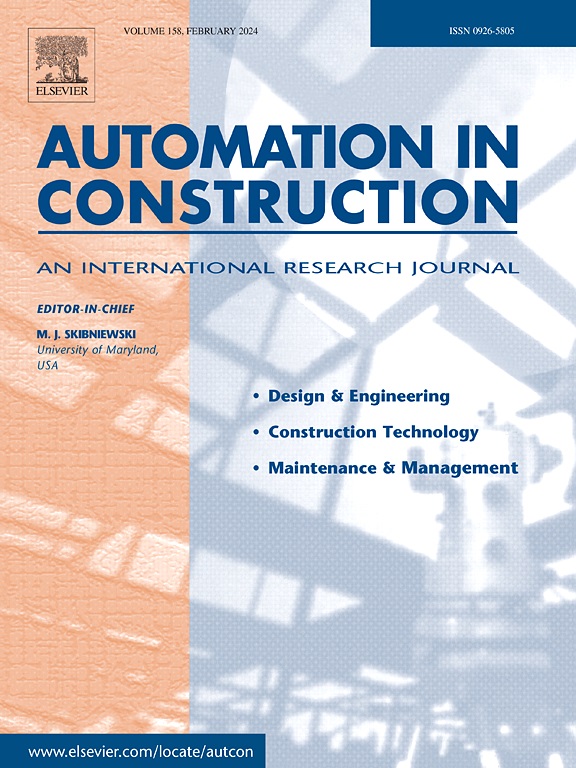Transfer learning for intelligent design of lightweight Strain-Hardening Ultra-High-Performance Concrete (SH-UHPC)
IF 9.6
1区 工程技术
Q1 CONSTRUCTION & BUILDING TECHNOLOGY
引用次数: 0
Abstract
The design of lightweight Ultra-High-Performance Concrete (UHPC) requires pursuing superior material efficiency, which involves striking a delicate balance between ultra-high compressive strength and reduced material density. This paper compiled a comprehensive dataset of 176 ordinary UHPC and 72 lightweight UHPC and proposed a framework that integrates both transfer learning and Bayesian Optimization-enhanced Extreme Gradient Boosting (BO-XGBoost) for the design of lightweight UHPC. The BO-XGBoost model was pre-trained through hyperparameter tuning, laying a solid foundation for predicting material efficiency. Transfer learning was incorporated to address data limitations in lightweight UHPC while capturing its unique properties. The framework achieved 98.2 % accuracy in forward prediction and 94.7 % in reverse design. Notably, a lightweight UHPC using local materials was successfully developed and exhibited strain-hardening behavior based on the proposed approach, pushing the performance envelope of existing UHPC materials. This approach provided a solution for the design of lightweight strain-hardening UHPC towards superior material efficiency.

轻量化应变硬化超高性能混凝土智能设计的迁移学习
轻质超高性能混凝土(UHPC)的设计要求追求卓越的材料效率,这涉及在超高抗压强度和降低材料密度之间取得微妙的平衡。本文收集了176个普通UHPC和72个轻量级UHPC的综合数据集,提出了一种融合迁移学习和贝叶斯优化增强的极限梯度增强(BO-XGBoost)的轻量级UHPC设计框架。通过超参数整定对BO-XGBoost模型进行预训练,为预测材料效率奠定了坚实的基础。迁移学习被用于解决轻量级UHPC的数据限制,同时捕捉其独特的属性。该框架的正向预测准确率为98.2%,逆向设计准确率为94.7%。值得注意的是,一种使用局部材料的轻质UHPC被成功开发出来,并表现出基于该方法的应变硬化行为,突破了现有UHPC材料的性能极限。该方法为轻量化应变硬化超高性能材料的设计提供了一种解决方案。
本文章由计算机程序翻译,如有差异,请以英文原文为准。
求助全文
约1分钟内获得全文
求助全文
来源期刊

Automation in Construction
工程技术-工程:土木
CiteScore
19.20
自引率
16.50%
发文量
563
审稿时长
8.5 months
期刊介绍:
Automation in Construction is an international journal that focuses on publishing original research papers related to the use of Information Technologies in various aspects of the construction industry. The journal covers topics such as design, engineering, construction technologies, and the maintenance and management of constructed facilities.
The scope of Automation in Construction is extensive and covers all stages of the construction life cycle. This includes initial planning and design, construction of the facility, operation and maintenance, as well as the eventual dismantling and recycling of buildings and engineering structures.
 求助内容:
求助内容: 应助结果提醒方式:
应助结果提醒方式:


